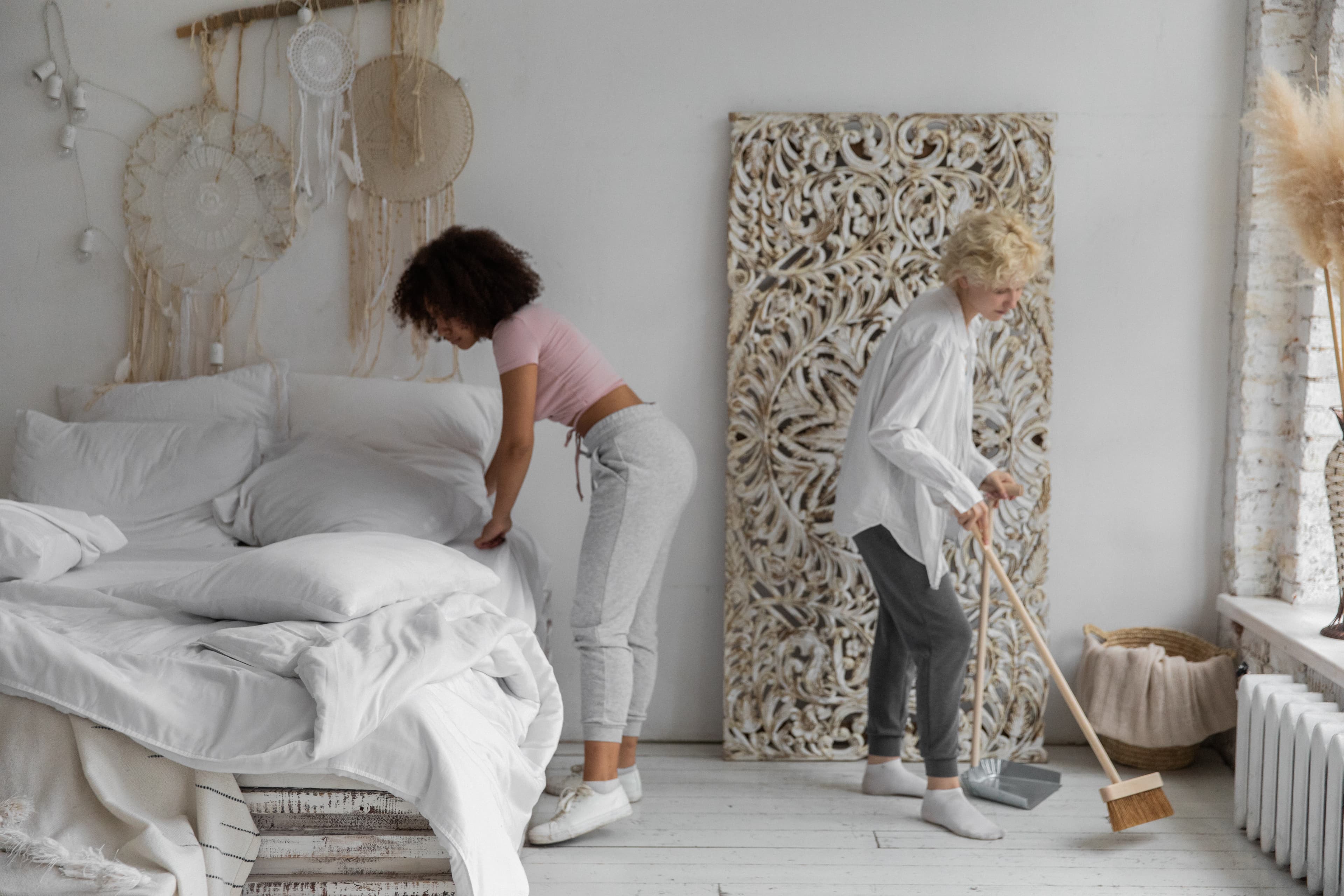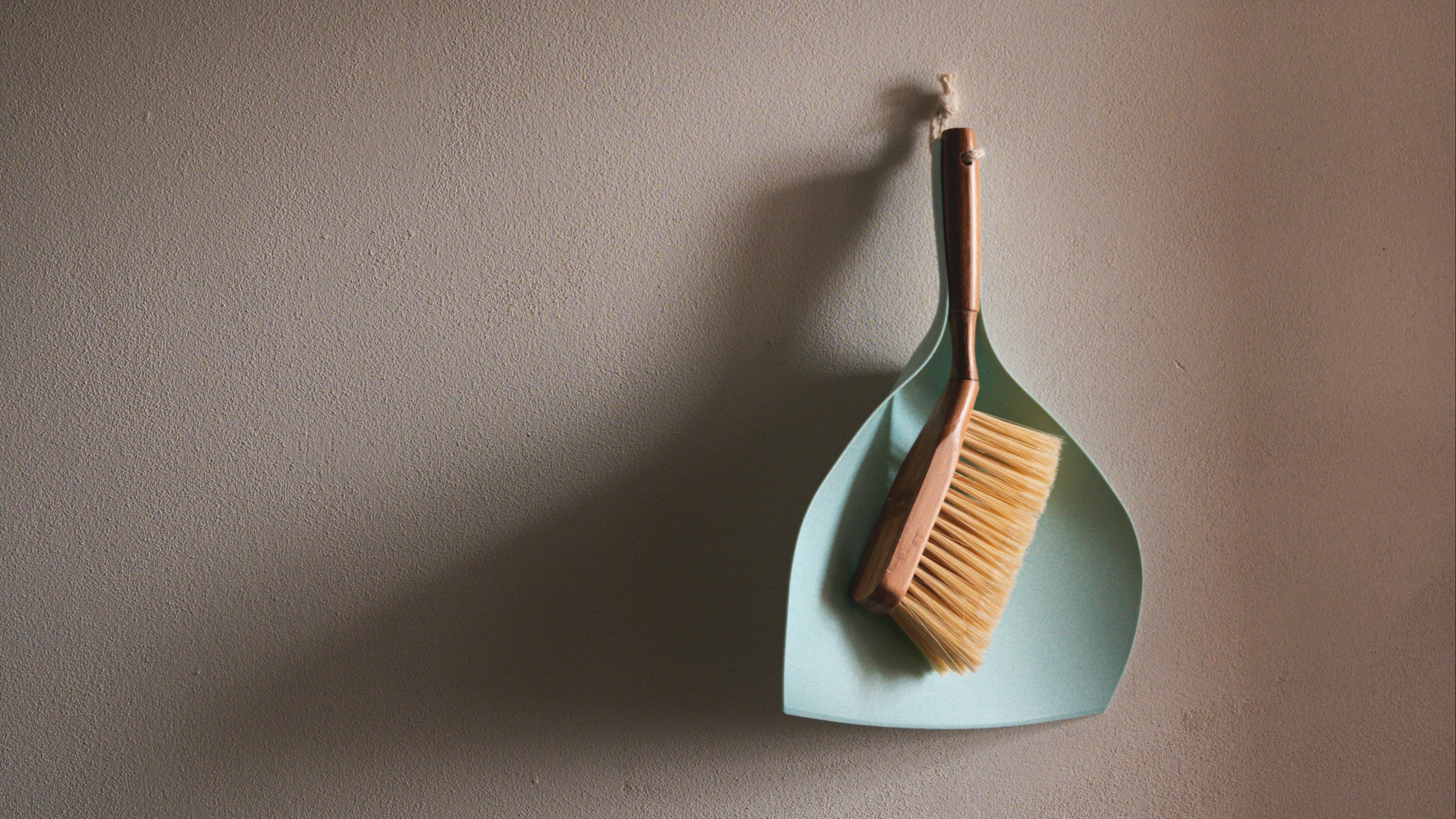If you are a caregiver of a loved one with incontinence, you know how important it is to keep them clean and dry. Keeping their home environment fresh and clean is just as important.
Doing so creates a more comfortable place to live. It also provides your loved one with the dignity they deserve. If your loved one lives in your home, it will also ensure rooms are pleasant and dry for every family member.
This article will share easy ways to keep your home smelling and feeling fresh around the clock!
What You’ll Need
It’s a good idea to keep the following things on hand in case you need them. Families with a loved one who has incontinence find that these products help them keep their living environment clean and fresh. They include:
Cleaning Products: Whether you’re washing laundry or scrubbing surfaces, cleaning supplies will help you eliminate any urine and feces stains. Plus, you’ll keep your loved one’s clothing and furniture bacteria-free
Deodorizers: This product keeps things smelling fresh.
Disposable Genies: Use these to dispose of adult briefs and diapers. They lock in odors to keep your home smelling its best.
Gloves: Help your loved one and sanitize surfaces in the home with ease while keeping your hands clean.
Paper Towels: Soak up leaks and spills with disposable paper products.
Waste Containers: Easy-to-use trash cans, liners, and other products make it simple to get rid of waste.
If you’re curious about other products that can help with incontinence, you can shop Carewell’s Caregiver Protection & Odor Control Category.
Steps to Keep Your Home Fresh and Clean
Step 1: Design a cleanup schedule
As a caregiver, you can start this process by getting to know your loved one’s needs. You probably already know if they have light or heavy incontinence or somewhere in between. Whether you’re the sole caregiver or have in-home assistance, consider creating a written document, either on a computer or in a notebook, that includes basic details such as:
Incontinence type: Light, medium or heavy
Loved one’s personal care need: Do they need minimal help, moderate help, or ongoing help throughout the day?
Available incontinence support: What people or products are helping manage my loved one’s incontinence today?
Doctor’s recommendations: If you or your loved one has visited with a doctor about incontinence needs, list any guidance from the physician here. This could include adult diapers, ointments, or other products they have recommended. You can also include strategies to help manage or limit incontinence, like muscle exercises or regularly scheduled bathroom visits.
To address: Use this space to write down the needs you’ve identified. If your loved one uses rooms more often than others, there might be furniture that’s most frequently in use. Underpads for the furniture or deodorizers could limit odors. You might notice odors confined to certain rooms. These notes can help you decide where to spend time keeping your home smelling and feeling fresh.
Schedule for care and cleaning: Think about how you and your loved one work together. There may be days of the week or times of day that are better to clean during. Jot down a few thoughts about simple steps you might take each day or, with light incontinence, each week.
If your loved one has an in-home care provider, visit with them to decide how to divide responsibilities for cleaning and freshening rooms. Together, you can put a plan in place that’s manageable and has the added benefit of keeping your loved one’s environment fresh and clean.
Step 2: Check in on your loved one and the rooms they use
Now that your cleaning plan is in place, you can start to put it to work. Using the schedule you’ve developed, check in on your loved one to see how they’re doing. Make sure they are clean and dry, and ask if they need anything, like a dry cover for a chair or bed or confirm the room feels and smells best for them.
Your loved one might point out places where they’ve had an accident. They may feel uncomfortable sharing this information. That’s OK. You can use your knowledge of the room and the available surfaces to spot places that might need to be cleaned up.
Rather than jumping into cleaning right away, it might be helpful to visit each room where they’ve spent time recently first. Use an app on your phone or a notepad to list specific tasks you’ll want to take to keep things feeling and smelling fresh. Once you’ve conducted this brief assessment - it might take as little as three to five minutes - you can rank the tasks and get started.
For example, if you notice one room smells worse than others or see an area where there’s been an accident, you might start with those and then work your way to lower-priority cleanup areas. This approach will help you quickly contain bad smells and freshen your loved one’s home up with greater immediate benefits.
Step 3: Clean surfaces and discard waste
Begin working through your to-do list in order of priority. It can be encouraging to start by wiping surfaces and discarding single-use items, such as disposable underpads or paper towels you’ve used for cleaning.
Consider keeping waste containers or disposable genies in many or all rooms your loved one frequents to avoid long walks back and forth to take out the trash.
After cleaning the apparent places, consider less obvious places that may need attention. Check around beds, chairs, and other furniture to ensure leaks are not present on the carpet or other more hidden surfaces.
Step 4: Gather reusable fabrics and do laundry
Once you’ve done the initial cleanup and thrown away the trash, you can move on to more time-consuming cleaning, like gathering wet linens and removing covers from cushions.
Make sure that surfaces with multiple fabric layers, beds in particular, are cleaned down to the level where leakage has occurred. This might include a comforter on top of the bed, blankets, sheets, fitted sheets, and even a mattress pad. Light incontinence might only leak through a few pieces of fabric, while heavy incontinence might soak more layers.
If your loved one plans to use the furniture before you are finished cleaning, provide them with fresh linens. You can then do laundry and clean all reusable sheets, underpads, and other products you use.
Step 5: Freshen common-use areas with clean items
Once the laundry is finished, you can put reusable items back on surfaces your loved one uses. You can also provide them with clean adult diapers, pull-ups, or other products they wear.
Use deodorizers and other freshening sprays to keep surfaces and rooms smelling fresh. A fresh smell can help release dopamine and serotonin in the brain, which helps us feel good. This can be a great final touch to put a smile on your loved one’s face.
Need More Information?
If you have a question about keeping your loved one’s surroundings clean and fresh, give us a call anytime at (800) 696-CARE. We’re here to support you!



